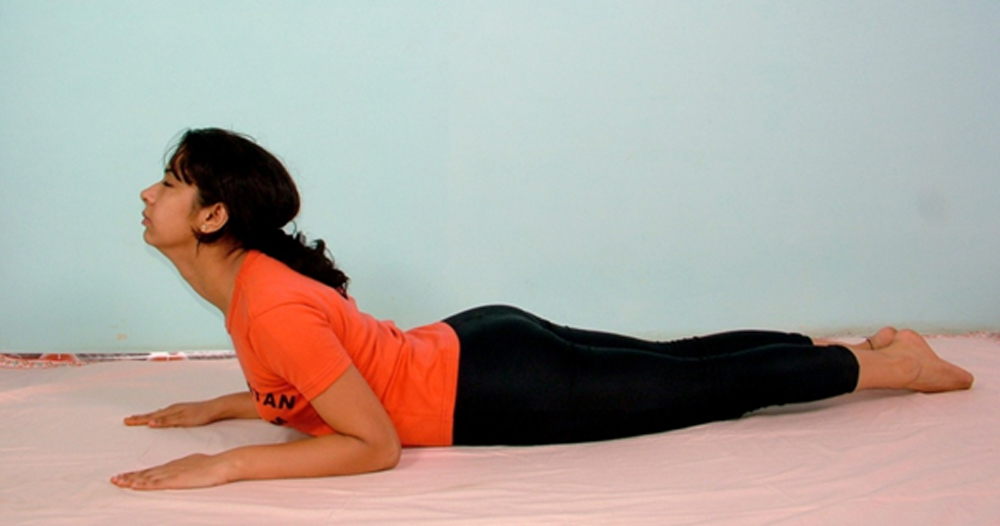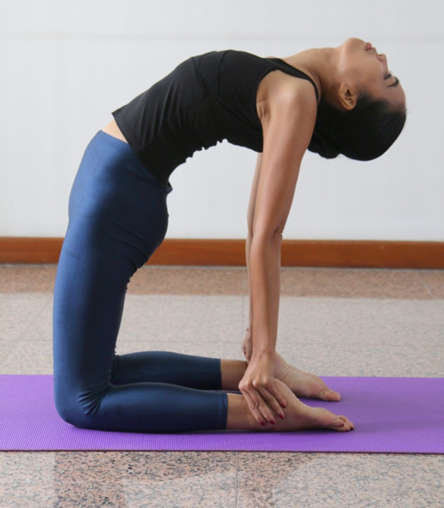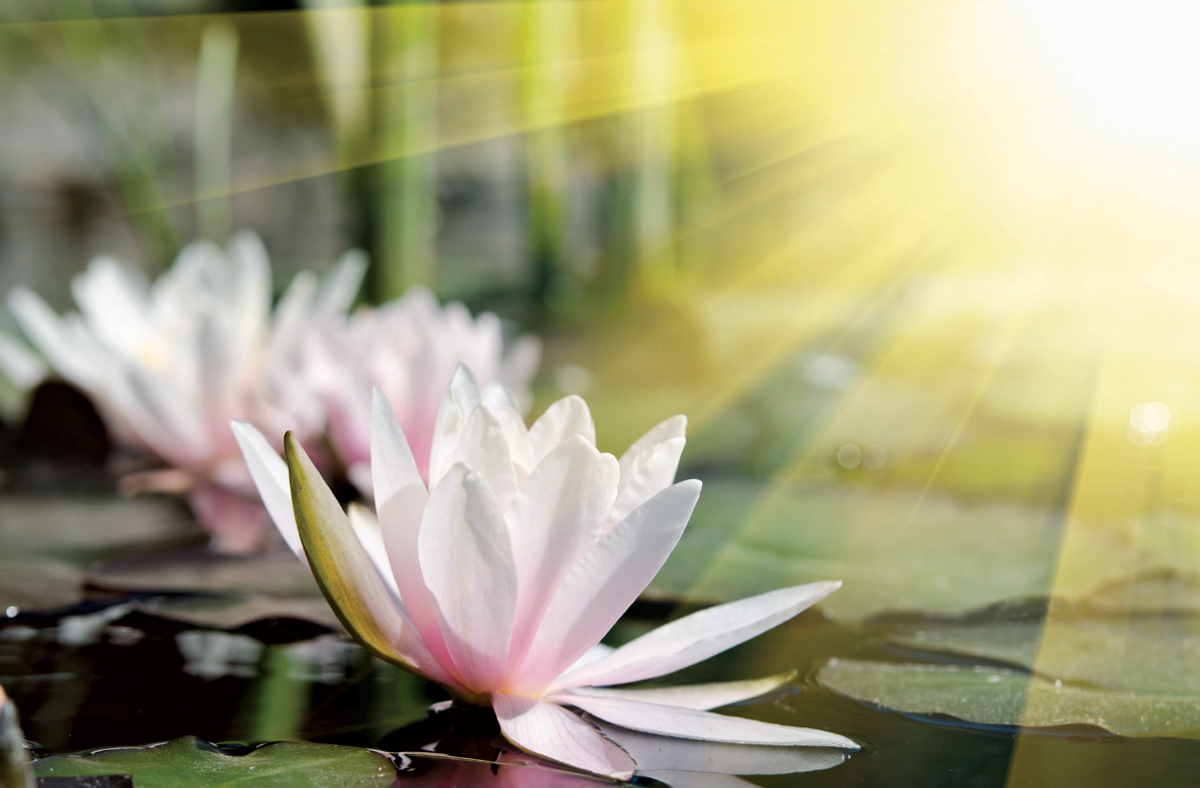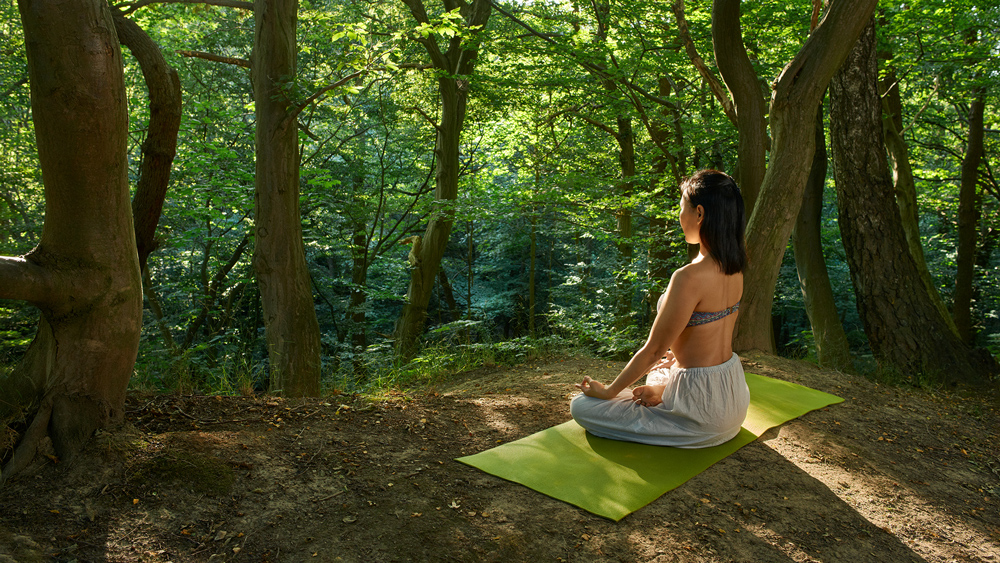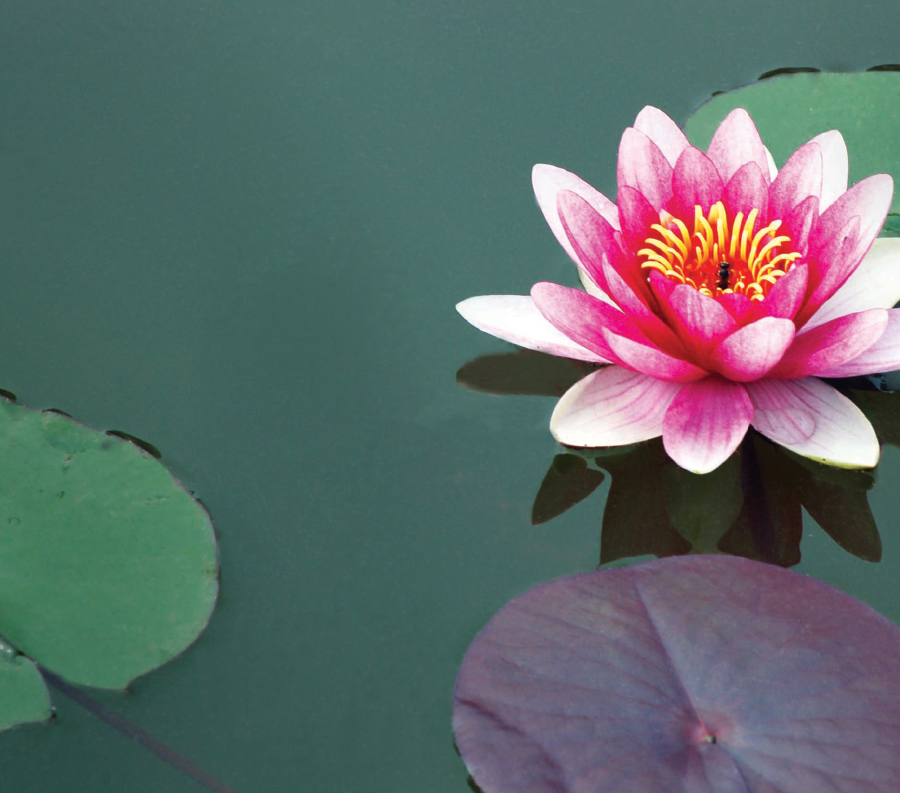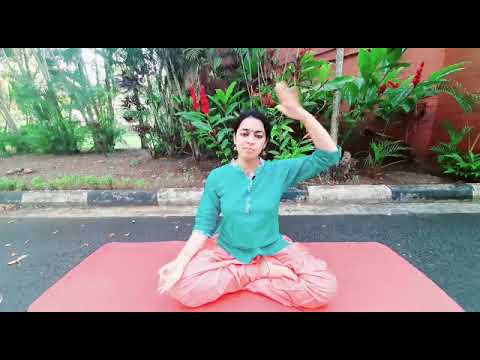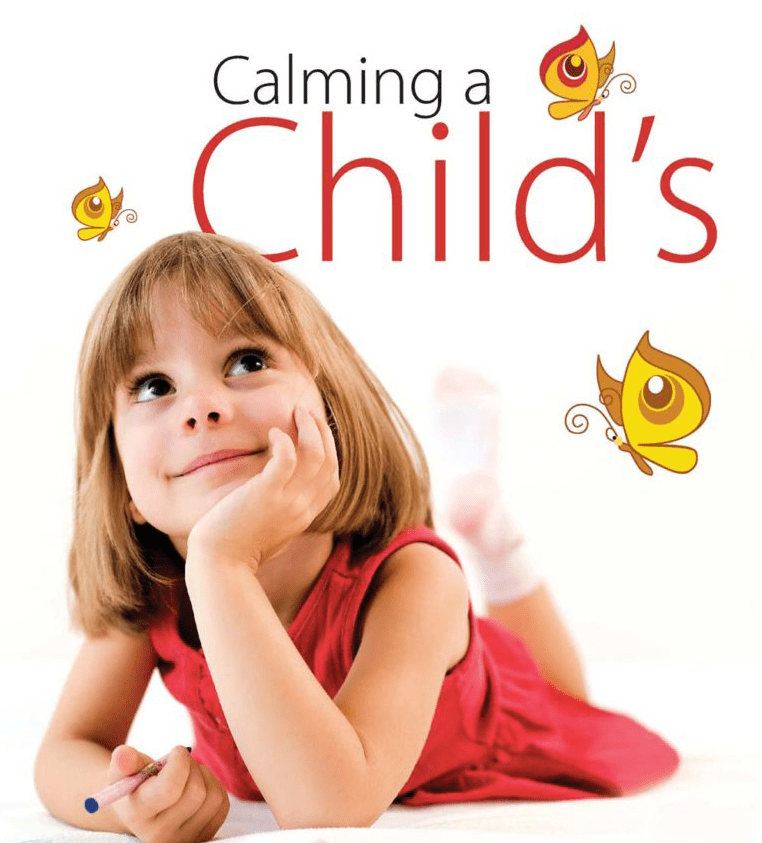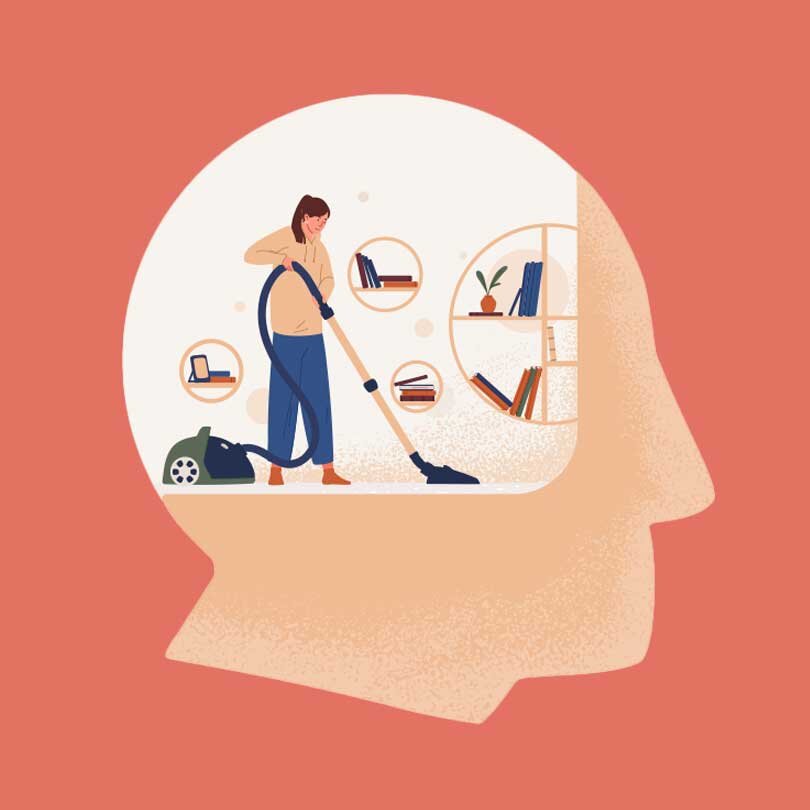A calm mind really is the prerequisite for the seeds of peace and smart choices to bloom.
Calming a child’s mind is like tilling soil. It is the necessary preparation needed before planting any seeds. Adults, educators and parents alike all perform the awesome role of planting powerful metaphorical seeds in their children. Such seeds are of happiness, insight, kindness, ethics and harmony. A child’s mind that is calm tends to be more “open” to receive such teachings and ready to allow such seeds to grow. And with such insight a child begins to craft his or her world anew everyday.
The world is full of countless choices. Children must decide on whether or not to—steal a piece of gum, cheat on a math quiz or join a group in bullying the small kid on the playground! It is these seemingly simple choices that soon build a child’s character and sense of self. And in these “choice moments” it is optimum if a child learns to respond with calmness rather than getting swayed by afflictive emotions (i.e. anger, jealousy, fear, insecurity, sadness, unworthiness). A child with a calm resting mental state has more of a capacity to clearly think in a “choice moment” and make a smart choice. And isn’t that what every parent wants a child to do – make smart choices?
Cultivating Calmness
Cultivating calmness in children takes practice. It is a day-by-day effort. What calms one child may excite another. Every child is different. Once I was teaching a children’s dharma class with over 20 kids aged four to twelve years old. It was time for a group meditation. Most of the kids were able to sink quickly into the guided meditation and enjoyed a deep feeling of peace. Four-year-old Charlie was a jumping bean and was bee-bopping all around his mat. Basically his biology, emotions and mind were not in a place that could rest. So Charlie and I later took a meditation walk to calm his mind. So, there are many techniques to cultivate calmness.
Guiding a child to learn how to experience calmness is extraordinary. It is opening a doorway to his or her emotional freedom.
Often I am asked, “What is the best meditation for my child?” My typical response is greeted with a smile. The best meditation is really the one that works! There is no silver bullet that helps every child. You must, as an awakened adult, “go to” where your child is, help him or her experience a greater level of peace (even momentarily) and then commit to keep going back there to cultivate it.
Some common practices to start fostering calmness in children are meditation, specially designed movements like yoga, and quiet walks in nature. For example, Charlie, a jumping bean in the meditation class, was immediately relaxed outside, as it provided him the perfect outlet to be actively calm. And this is an important point. Calm children are not dull. They are actively engaged in generating a stillness within, which reverberates in their outer world (i.e. behavior and choices).
A meditation sample is included at the end of this article, focusing upon cultivating a feeling of calmness within your child so that he or she can experience it, begin to mentally name it, and come back to it anytime it is needed.
The Happiness Connection
Guiding a child to learn how to experience calmness is extraordinary. It is opening a doorway to his or her emotional freedom. As Swami Sivananda explained, “to achieve that state of lasting happiness and absolute peace, we must first know how to calm the mind.” A calm mind really is the prerequisite for the seeds of peace and smart choices to bloom.
Earlier this year, I authored a peace curriculum for preschoolers to plant the seeds of peace and calmness in the youngest minds. I got to lead groups of young children through meditation and interactive lessons to understand peace, name it, cause it, and choose it. Such inner calm was captured over and over again by these kids.
Jacob, age 3, described his head “got tingly” during meditation. Amy, age 5, explained that her “heart was happy” during breathing exercises. Paco, age 4, said he “felt God” when he closed his eyes. Kids were able to not only identify the feeling of calmness but really took to the idea that they can cause it. And teaching kids to cause calmness is making them active participants in life rather than being mere spectators.
Tips of the Trade
Calmness is like Carnegie Hall. It takes practice to get there. Some suggestions to keep in mind are:
Repetition is the key – It is consistent effort and commitment that accelerates a child’s understanding of calmness. Plus if you tie the feeling of calmness to happiness, then children really want to practice. Every kid on the planet wants to feel happy.
Practicing together is more powerful – You probably have experienced the power of a group yourself. Unquestionably, meditating and cultivating calmness together has a potent effect. It is as if one person’s calmness lends a helping hand to another person’s sense of calm. So enjoy the power of practicing together like birds of a feather flocking together!
Make it fun and sacred – Children deeply want to enjoy every aspect of their life. So if you can create a way to make cultivating calmness fun and rewarding to your child – he or she will really want to participate and look forward to it. For example, I led meditation walks for elementary school children that allowed them to rescue worms from the path, gently place birdseed in the feeder and chant happy songs together. It relaxed and trained their minds in a way that was enjoyable and actively calm.
Take time: Meditation is power – The only real power that truly exists is the power inside a person’s being, which is greatly generated through meditation. It is this invisible force that propels a child forward to overcome obstacles, become resilient, and persevere when life is presenting challenges. Gabriel, age 8, told me, “When I close my eyes,I remember that I am powerful,” and I couldn’t have said it better.
Praise the child – Some children take to meditation and cultivate calmness naturally. Their biology, temperament and inclinations are aligned to a resting state of calmness. Other kids will not really want to sit and close their eyes. They may have trouble focusing on an object and will really not be that interested in calmness. So, cultivating calmness is not only “meeting” your child wherever they are on the path, but also praising whatever happens during the session.
The Immeasurable Impact
A combination of a calm mind plus a basic understanding of ethics empowers a child to make smart choices. Making smart choices also puts the causes in place for a child to experience happiness. You see, it is really calming a child’s mind that is step one in growing happy kids. And not only will the kids themselves feel happier when they learn to access the part of themselves that is calm, but the world will also benefit. So changing the world really does happen – one child at a time!
The Buddha said, “Thousands of candles can be lit from a single candle, and the life of the candle cannot be shortened. Happiness never decreases by being shared.” The same is true for peace and calmness.
Breath Meditation
To be read slowly by an adult to generate the feeling of calm in children.
Let’s sit comfortably. Please get really relaxed in a spot that’s just right. It might be sitting in a chair or on a couch with pillows behind your back.
It is most important that your back is straight and you feel awake but relaxed. You may even lie down on the floor if it helps you feel totally quiet. So, rest in the position that helps you feel soft and slow.
Our goal is for you to feel calm like sailing on peaceful waters. And your breath feels like the soft wind coming in and out of you. It is a happy feeling. So we are going to set sail, through using our breath.
Close your eyes now, as you are in that super duper comfortable position. Your body is firm and supported with pillows, the floor, the chair or whatever you are using but you also feel relaxed. Now focus upon your breathing. You may want to think of a HOT SOUP. Air comes in through your nose and you blow it out from your mouth like you are cooling the hot soup. You do this softly a few times.
Let’s try it together. Air in your nose gently, out from your mouth cooling the soup! In the nose slowly, and out from the mouth. Do this again. In the nose – hold for 3 seconds and then let out from the mouth for 3 seconds. You are really beginning to feel the breath coming in and out with you in control.
Now, let’s sit here letting the breath go in and out naturally. Doing this together is great, like we are together floating along in our individual boats peacefully. So let’s start now for 2 to 3 minutes with our eyes closed. As we just let the breath come in and out in its own rhythm, we are creating lots of peace, calm and quiet. So try and keep your eyes closed.
(Child and adult can meditate together for 1-5 minutes depending upon age, aptitude and situation. The ability to meditate longer will occur with time and practice.)
You now feel much more calm, cool and peaceful. Your breath is like the gentle wind. Your mind is more clear and your feelings are more soft. You really helped connect yourself to your natural state of peace and happiness. It’s available to you anytime using the breath. Now open your eyes slowly and come back to the room.
Great job! You are such a wonderful sailor and meditator. I am so proud that you are teaching me so much and maybe I teach you a little too. We can do this again soon, so we feel more like a smooth sea with happy feelings and a rainbow of love.
(Note: Some kids may actually want to do the whole exercise with their eyes open, which is fine. Be flexible, tweak and adjust to meet your child’s needs in this sacred moment.)



